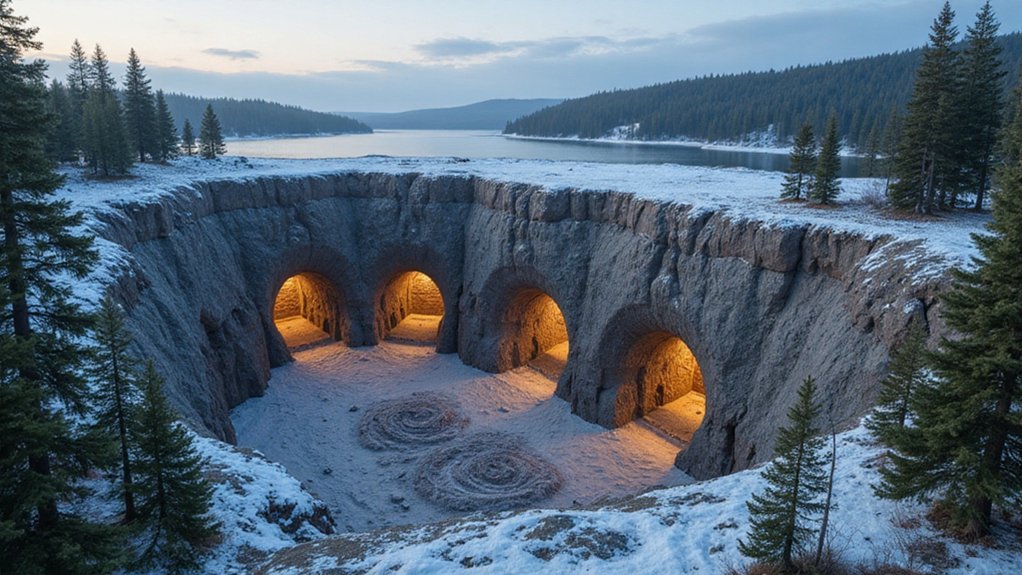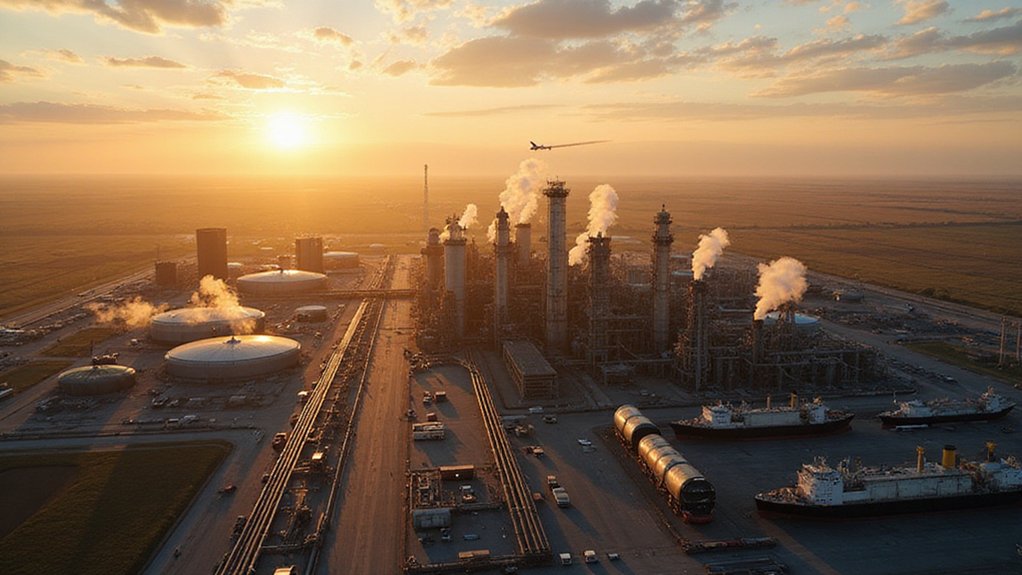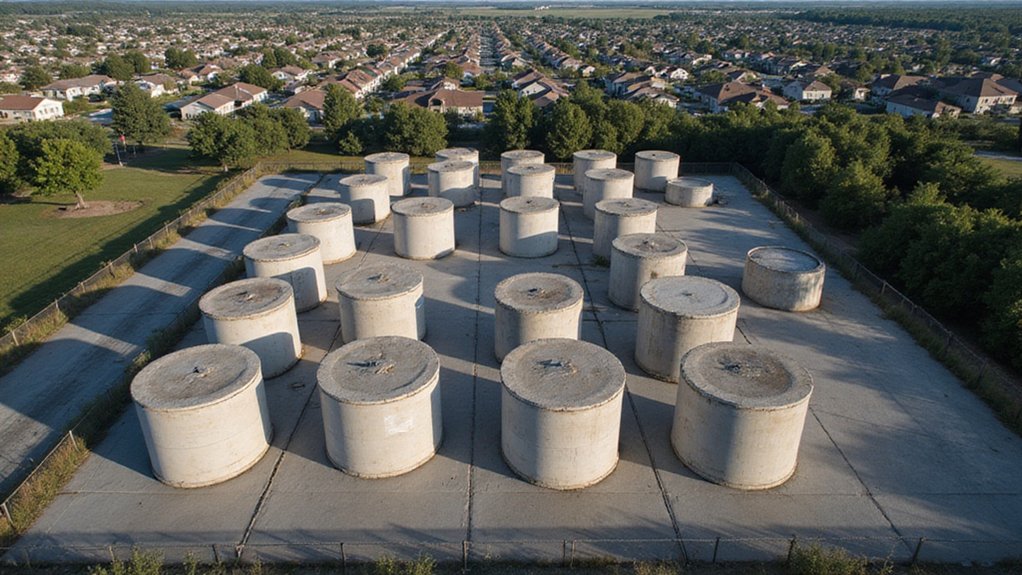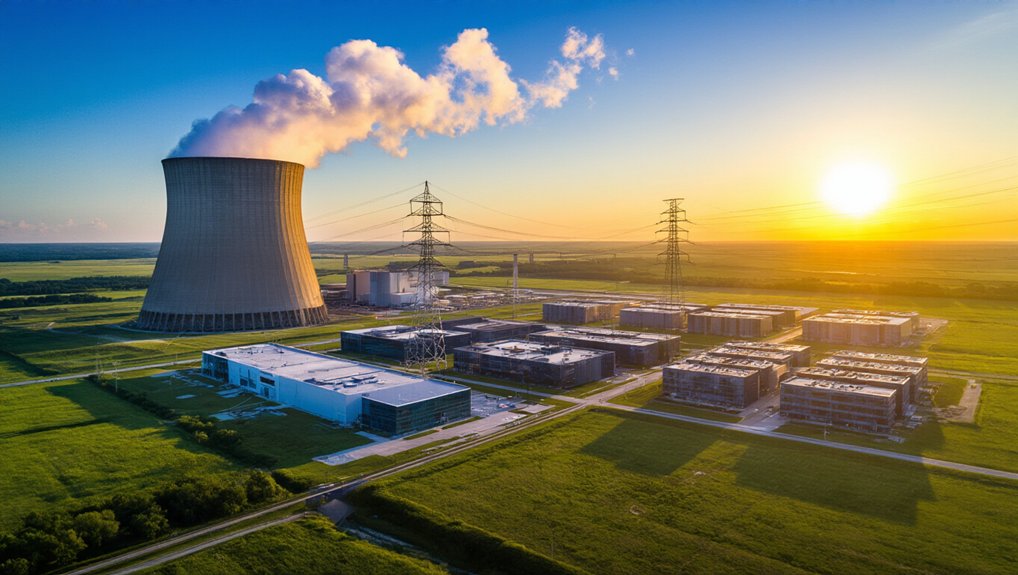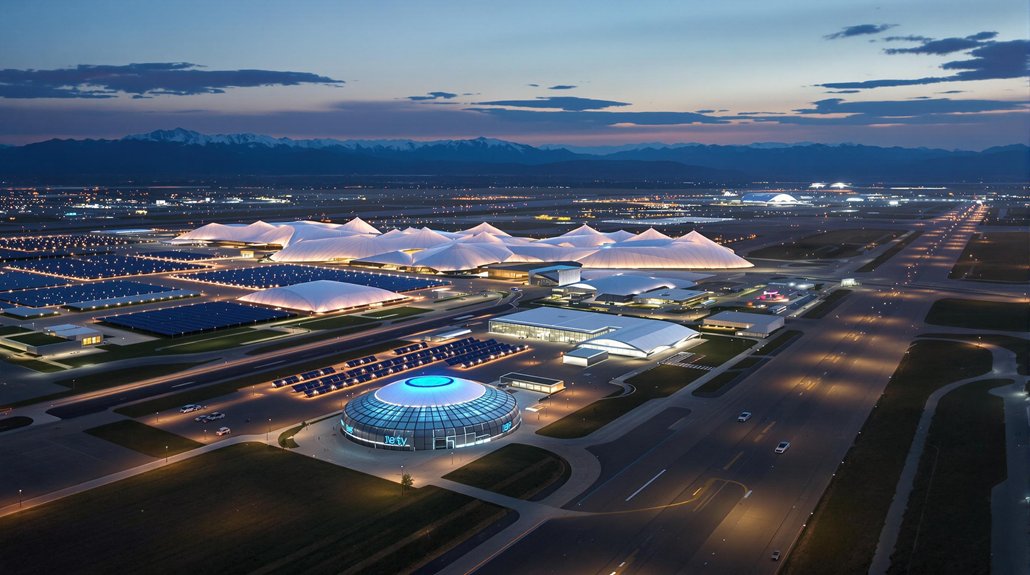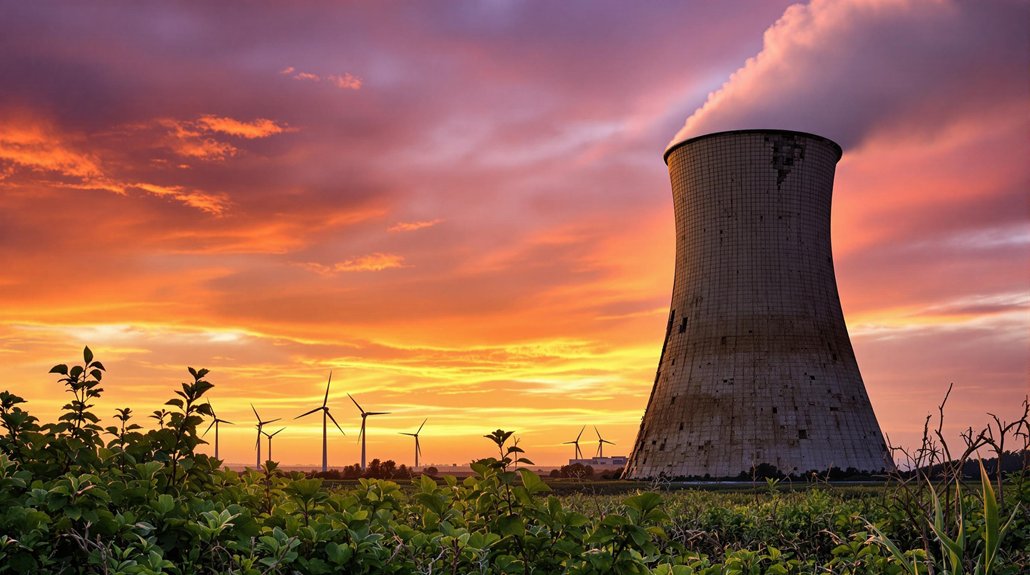Finland’s Onkalo repository is nuclear waste management on steroids. Buried 430 meters underground, it’s the world’s first permanent solution for deadly radioactive materials. The Finns aren’t messing around – spent fuel gets cooled, sealed in steel and copper, then entombed in clay. While other countries debate, Finland acts. Construction began in 2004, with first waste arriving mid-2020s. This 100,000-year commitment shows how serious problems need serious solutions.
Deep beneath Finland‘s forested landscape, an unprecedented solution to one of humanity’s most persistent problems is taking shape. The Onkalo repository, 430 meters underground, will soon become the world’s first permanent disposal facility for high-level nuclear waste. It’s a bold move. A 100,000-year gamble, if you will.
Finland doesn’t mess around with its nuclear waste. Their Nuclear Energy Act is crystal clear: you make it, you deal with it – inside Finnish borders. No shipping your radioactive problems to some developing country. That’s just how they roll.
The science behind Onkalo is impressively meticulous. Spent fuel cools for 40 years before the real work begins. Then, twelve fuel assemblies get stuffed into a boron steel canister, wrapped in copper like a lethal burrito, and buried in their own personal holes surrounded by bentonite clay.
Finland’s nuclear waste plan: cool it, can it, copper-wrap it, bury it. Meticulous science meets Finnish pragmatism.
The Finns call this their “multi-barrier system” – fancy talk for “we’re really, really making sure this stuff stays put.”
Remote-controlled robots will handle the dangerous materials. Because, duh, nobody wants that job. The whole operation is managed by Posiva Oy, owned by Finland’s nuclear utilities. Finland’s commitment to this solution stands in contrast to renewable options like geothermal energy, which offers minimal greenhouse gas emissions while providing continuous power generation. The company has been constructing the facility since 2004 after approval from the Finnish government in 2001. They’re the lucky folks responsible for containing waste that remains hazardous longer than human civilization has existed. No pressure.
While most countries are still debating what to do with their nuclear leftovers, Finland and Sweden are actually doing something. Sweden’s similar facility won’t open until the mid-2030s, making Finland the global trailblazer. The repository is expected to receive its first spent fuel in the mid-2020s. The rest of the world is watching closely. Taking notes. Probably feeling a bit embarrassed.
Financially, it’s all covered too. The Radiation Act demands guarantees. If waste producers somehow flake out on their responsibilities, the state steps in. That’s the Finnish way – pragmatic, responsible, forward-thinking.
Is burying radioactive waste deep underground for 100,000 years a perfect solution? Maybe not. But it’s certainly better than what everyone else is doing – which is basically nothing.
References
- https://en.wikipedia.org/wiki/Onkalo_spent_nuclear_fuel_repository
- https://group.vattenfall.com/press-and-media/newsroom/2023/finland-to-open-the-worlds-first-final-repository-for-spent-nuclear-fuel
- https://www.science.org/content/article/finland-built-tomb-store-nuclear-waste-can-it-survive-100000-years
- https://www.oecd-nea.org/upload/docs/application/pdf/2020-07/finland_report_web.pdf
- https://www.neimagazine.com/news/finland-tests-nuclear-waste-disposal-process/
